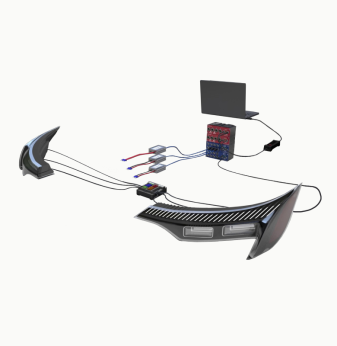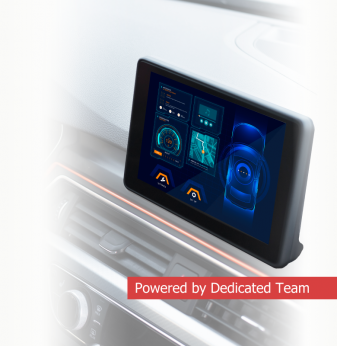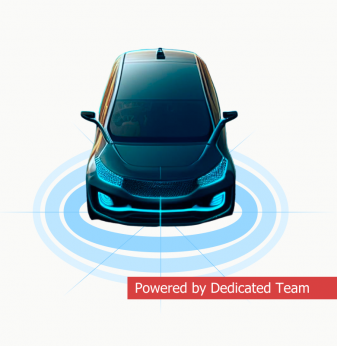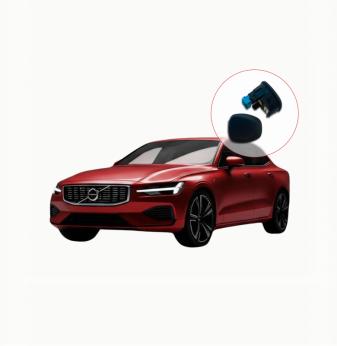Future Trends in Automotive Systems and Electronics: A Look at 2025 and Beyond
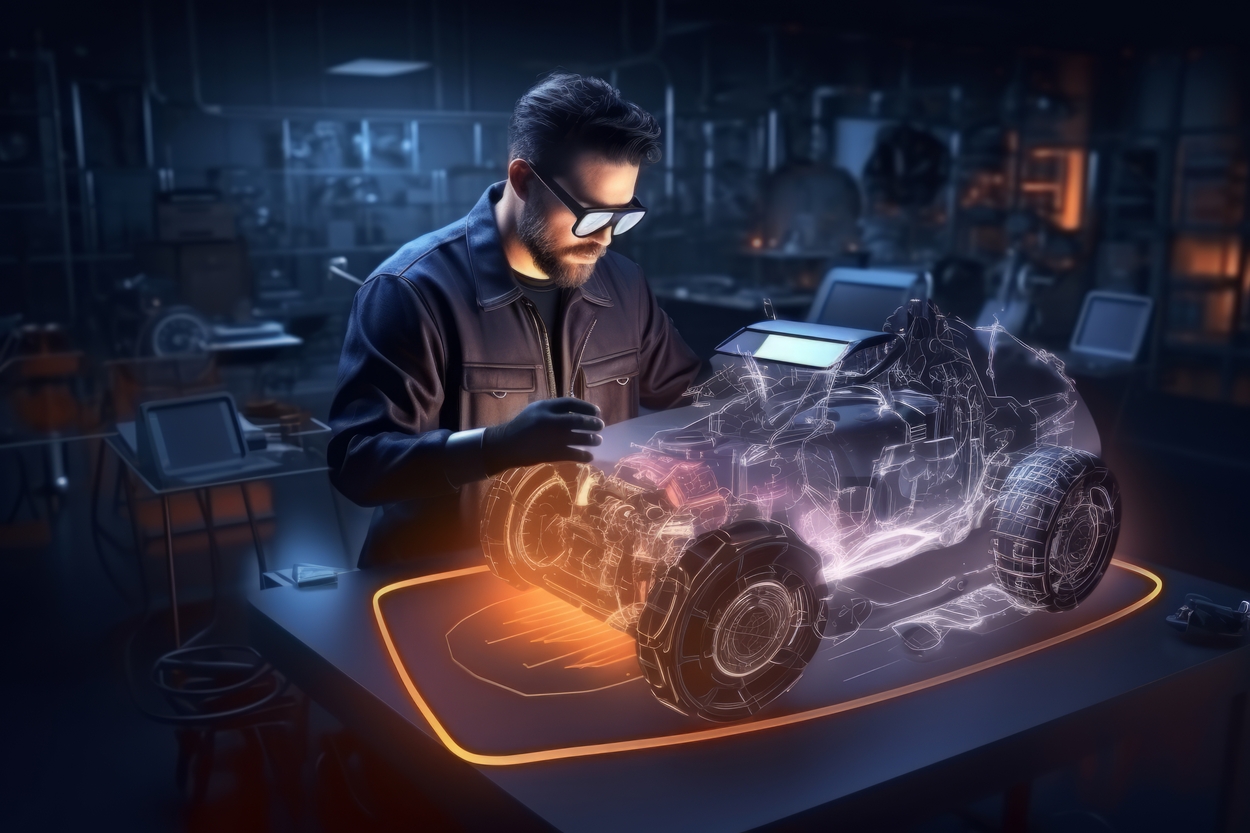
The automotive industry is constantly evolving, and by 2025, we anticipate groundbreaking developments driven by rapid advancements in technology and electronics. These innovations will transform not just vehicles themselves but the entire experience of driving—from manufacturing to everyday user interactions. Let's explore some of the major trends shaping this exciting future.
1. Advanced Driver Assistance Systems (ADAS)
Advanced Driver Assistance Systems (ADAS) have been gaining momentum, with wider adoption expected by 2025. Features that were once exclusive to luxury models will become standard, including:
- Adaptive cruise control
- Lane-keeping assistance
- Autonomous emergency braking
- Blind-spot detection
ADAS technologies significantly boost road safety by assisting drivers in critical scenarios. MarketsandMarkets forecasts the global ADAS market will reach $91.83 billion by 2025.
Table 1: Projected ADAS Adoption Rates by 2025
| Technology | Function | Forecasted Adoption Rate |
| Adaptive Cruise Control | Automatic speed adjustment | 75% |
| Lane-Keeping Assist | Keeps vehicle centered in the lane | 65% |
| Autonomous Braking | Automatic collision prevention | 80% |
| Blind Spot Detection | Alerts to unseen vehicles | 70% |
A McKinsey report predicts ADAS could reduce road accidents by up to 30% by 2030, marking significant progress in automotive safety.
“Our commitment to safety innovation through ADAS ensures a future where driving is significantly safer for everyone.” — Mary Barra, CEO of General Motors.
2. Artificial Intelligence (AI) in Vehicle Systems
Artificial Intelligence is set to revolutionize automotive electronics by enhancing driver comfort, vehicle performance, and predictive capabilities. AI-driven automotive technologies include:
- Real-time diagnostics
- Predictive maintenance
- Personalized driving experiences

Cars will soon adjust temperature, seating, and infotainment settings automatically based on individual driver preferences.
Tesla CEO Elon Musk emphasizes: “AI will soon handle driving tasks better than humans—safer, more efficient, and more enjoyable.”
Key AI applications in vehicles:
- Driver fatigue detection
- Enhanced navigation systems
- Voice-activated infotainment
- Predictive maintenance alerts
3. Connectivity: Vehicle-to-Everything (V2X)
Connected vehicles leveraging Vehicle-to-Everything (V2X) technology enhance safety by exchanging data with other vehicles (V2V), infrastructure (V2I), and pedestrians (V2P). Real-time communication prevents accidents and eases traffic congestion.
Examples of V2X Applications:
- Intersection collision avoidance
- Real-time traffic management
- Emergency vehicle prioritization
| V2X Type | Communication | Benefit |
|---|---|---|
| V2V | Vehicle-to-Vehicle | Collision alerts and avoidance |
| V2I | Vehicle-to-Infrastructure | Improved traffic flow |
| V2P | Vehicle-to-Pedestrian | Enhanced pedestrian safety |
MarketsandMarkets expects the V2X market to grow to approximately $7.9 billion by 2025, driven by safety demands and infrastructure upgrades.
Carlos Ghosn, former CEO of Renault-Nissan Alliance, stated: “V2X technology is not just enhancing safety; it is redefining urban mobility.”
4. Electrification and Sustainable Automotive Systems
The push for electrification is reshaping the future of cars. Electric vehicles (EVs) are becoming mainstream, emphasizing the importance of efficient battery management systems (BMS) and advanced motor controllers.
Key EV Technologies for 2025:
| Technology | Function | Forecasted Adoption |
| Advanced Battery Management | Battery safety and efficiency optimization | 85% |
| Wireless Charging | Cable-free charging convenience | 40% |
| High-Efficiency Inverters | Enhanced motor performance | 60% |
| Energy Recuperation Systems | Capture and reuse braking energy | 80% |
Sustainability in automotive design is increasingly crucial due to consumer demand for eco-friendly solutions. Volkswagen CEO Herbert Diess notes: “The future belongs to electric vehicles, and we’re committed to leading in sustainable mobility.”
5. Cybersecurity in Automotive Electronics
With vehicles increasingly connected, automotive cybersecurity has become essential. Protecting vehicles from digital threats is key to safety and privacy. Essential cybersecurity measures include:
- Secure over-the-air (OTA) updates
- Real-time threat detection
- End-to-end encrypted communications
Chris Valasek, a renowned automotive cybersecurity expert, emphasizes: “Securing connected cars isn't optional—it’s a necessity.”
6. Enhancing User Experience
Future automotive electronics will focus heavily on intuitive interfaces. Innovations such as digital dashboards, augmented reality displays, and advanced voice recognition create seamless interactions for drivers.
General Motors CEO Mary Barra highlights: “Technology is transforming cars into intuitive, connected devices. The automotive future lies in vehicles adapting seamlessly to our lifestyles.”
7. Challenges Ahead
Despite exciting advancements, several challenges persist, including:
- Cybersecurity threats
- Regulatory compliance issues
- High costs of new technologies
Addressing these challenges will be crucial for automakers and suppliers to fully harness the potential of automotive innovations.
Conclusion
By 2025, automotive electronics will significantly advance vehicle safety, personalization, and sustainability. Innovations such as AI, V2X connectivity, and electrification offer exciting opportunities for manufacturers and drivers alike.
Discover how Promwad supports these trends:
Companies staying ahead of these trends will lead the market and shape the future of mobility.


